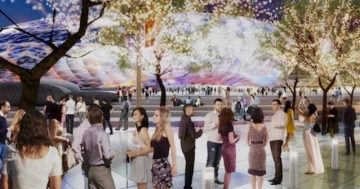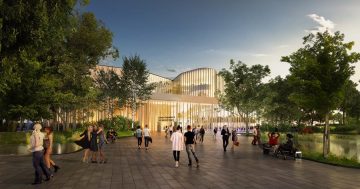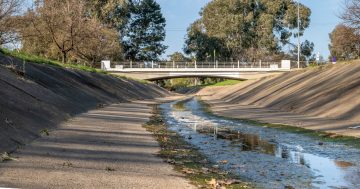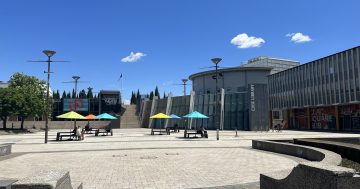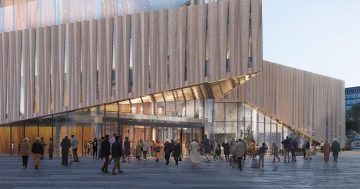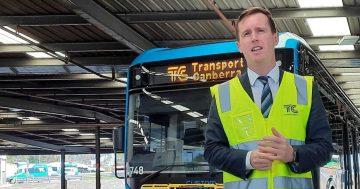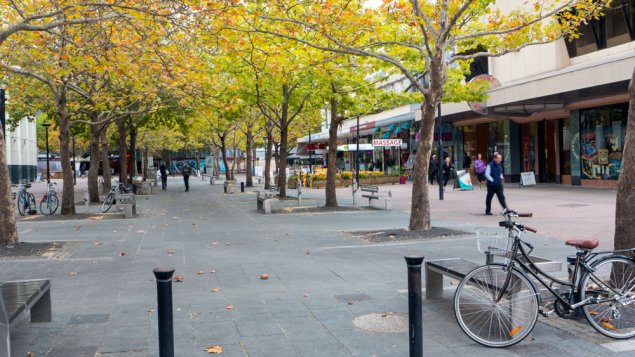
There are loads of documents, reports and expert forums regarding the future of Civic. There is an abundance of pretty pictures, bad graphics, meaningless flowery statements and far too much powerpoint planning rhetoric – but what we need is action.
A recent Property Council report emphasised the need for less regulation and more government financial assistance for developers in the area. Is that what others call rent-seeking?
Last year, a forum on rejuvenating Civic was presented by Big Ideas on the ABC. An expert panel was asked how to breathe new life into what was described as the tired centre of Canberra. The experts came out with some gems, including:
- Doing away with the pedestrian areas and bring back cars to the streets (I recommend that the academic who suggested this idea read this article on how cities outgrew the automobile)
- Proceeding with the City to the Lake development, on the grounds that even though it is to be way over to the west of Acton, it will somehow bring people into Civic
- Arguing that Civic’s future is already being guided by an expert panel called Civic CBD Ltd (that’s the property sector)
There is not much on offer from all these reports and forums. And I do wonder why Civic was not made-over before money was spent on the development of the new CBR branding.
While Civic remains dominated by a big box mall with sad precincts attached, it is no surprise that there was a marketing problem when the chief minister visited Singapore to talk up business opportunities. What did the planning bureaucrats think would happen when the minister’s overseas guests walked around Civic and observed an absence of people?

The planning bureaucracy is constantly flying in experts who speak earnestly in the current urban planning language. The experts are here for a day, drop a few ideas, do some local media and then head home. The planning bureaucracy gains a few new words to use in their reports to the minister for urban renewal – the chief minister. I hope he has been impressed?
The debate is dominated and led by the property sector. Their predecessors would have argued that Civic, then a series of pleasant and busy pedestrian plazas, had to have an oversized mall, the Canberra Centre. Collectively the experts, the bureaucrats and lobbyists avoid any discussion about the major obstacle to the rejuvenation of Civic, the Canberra Centre, nor do they mention the impact of the massive box on surrounding precincts.
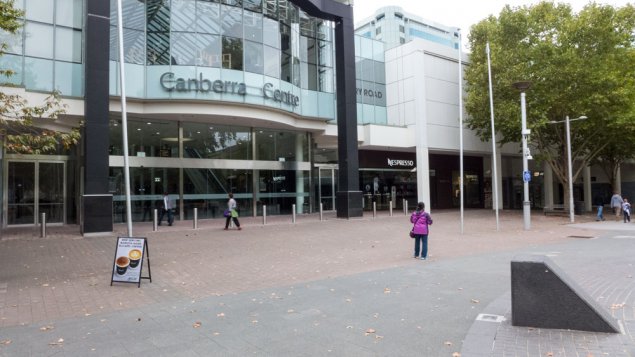
The current trend, as experienced in Yarralumla, Dickson and elsewhere, is to throw token opportunities to the community for their input and then the planning agencies use their suite of questionable planning codes to open up opportunities for the property sector.
Sadly the perception remains that there is no leadership from the government (or its bureaucracy or other sectorial interests) on how Civic could become a sustainable urban space with new aesthetically pleasing developments that address climate change adaptation and provide locals with a city centre to be proud of.
Canberra is a culturally rich city with a huge numbers of people with an extraordinary range of interests and expertise. Our politicians are not engaged with – and do not empathise with – these people. Our politicians are viewed as being walled in behind layers of advisors, lobbyists and bureaucrats.
The ACT Government needs to work around their entrenched bureaucrats and lobbyists and link directly with the layers of creativity and intelligence in this city. Some form of action is required whereby creative ideas are welcomed, talked about and then sorted through to form a vision for Civic.
Informed creativity is urgently required to be engaged and to formulate a vision for the centre of Canberra. One Big Idea will not do it this time!
I remain optimistic that our local elected politicians could rise to this important urban challenge. Is the Chief Minister ready to take up the challenge?
This article is the second in a three-part series exploring Civic’s past, present and future. Read the first post in the series.













